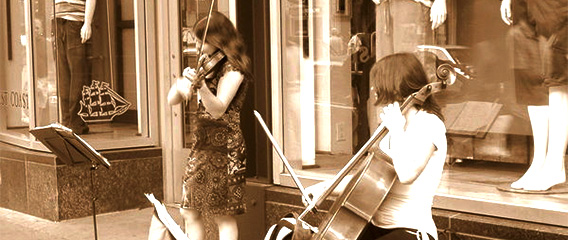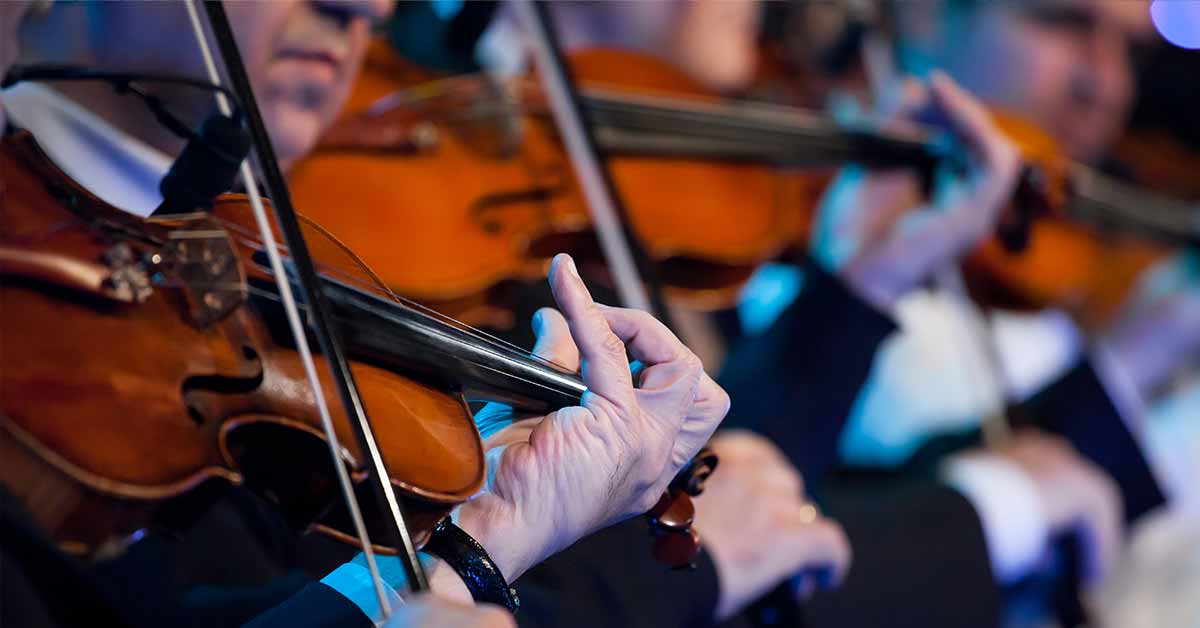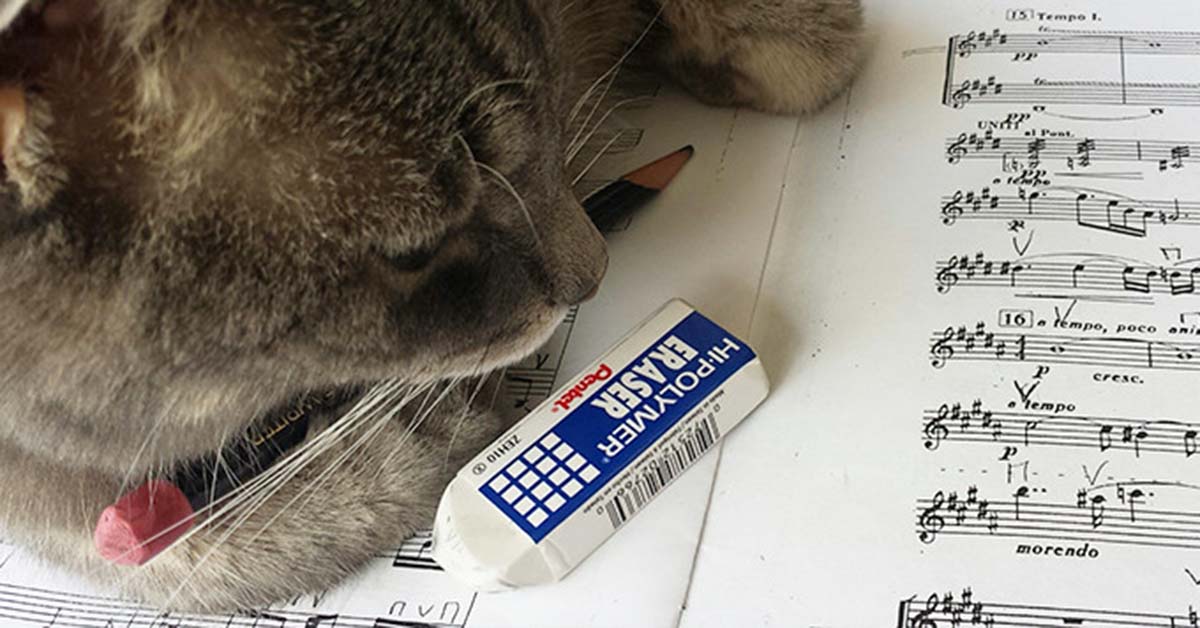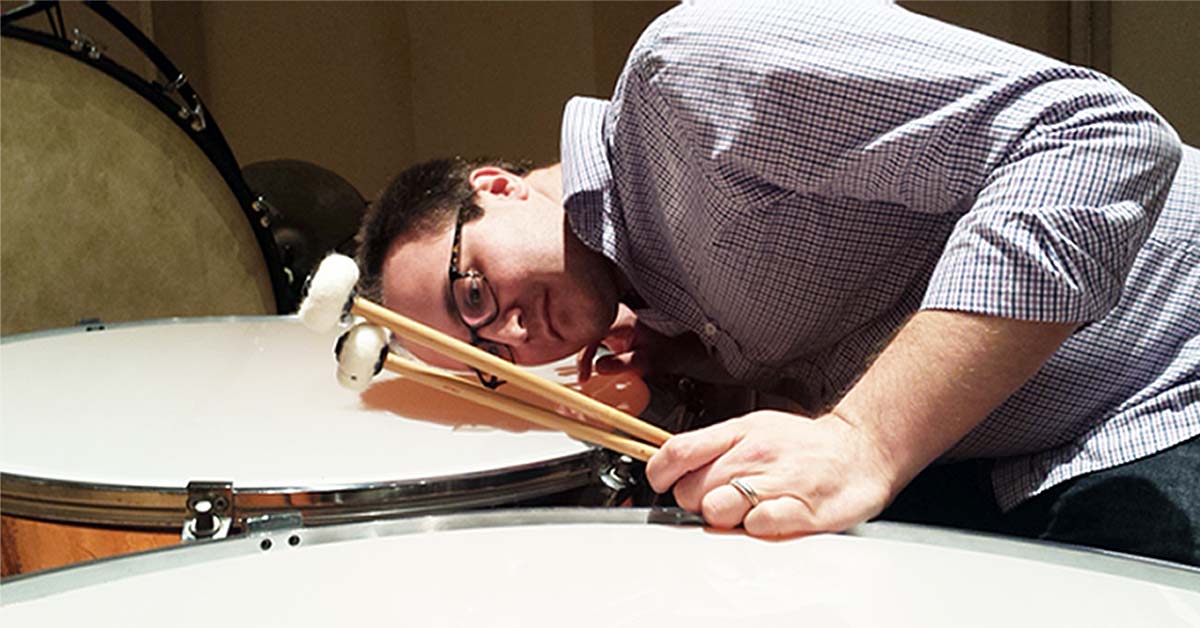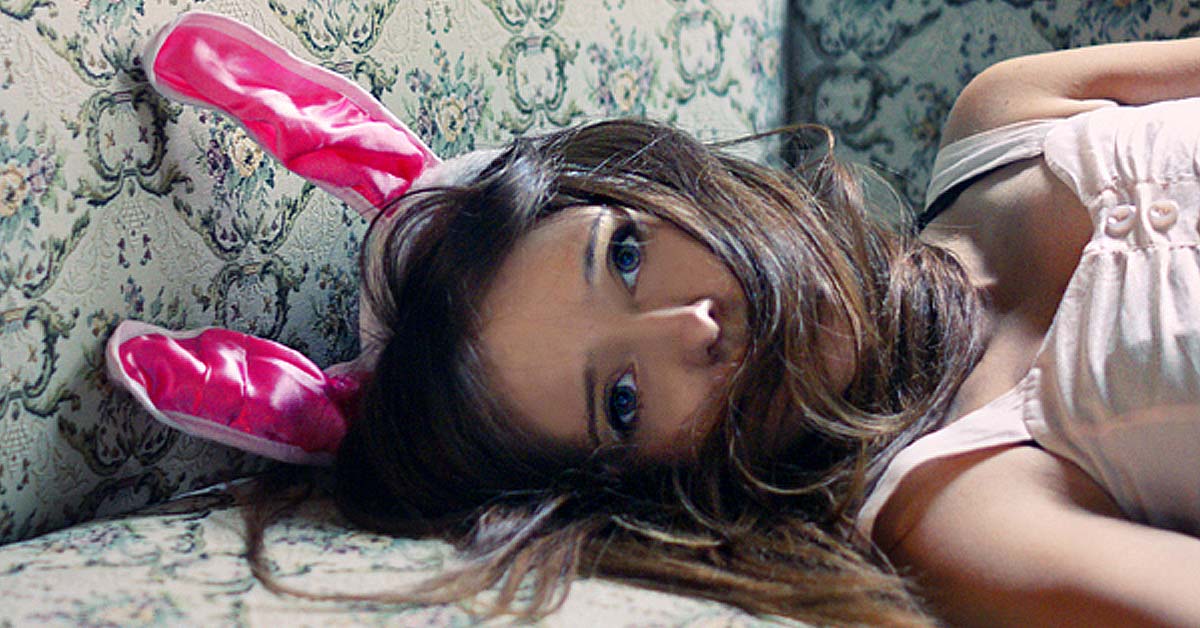For arts organizations, the era of Facebook is here. Nearly every day I get invited to “Like” an organization such as symphony orchestra, chamber group or individual artist. If I decide to Like the group, I’ll get updates on concerts and events in my newsfeed.
At first, it was kind of fun to see what groups were playing and doing. Following how different groups approached and used their representative Facebook tool was interesting at first but after the first year I started noticing distinct patterns; some of which produced a steady stream of flawed approaches, others generated regular gems, and others were nothing more than general annoyances.




